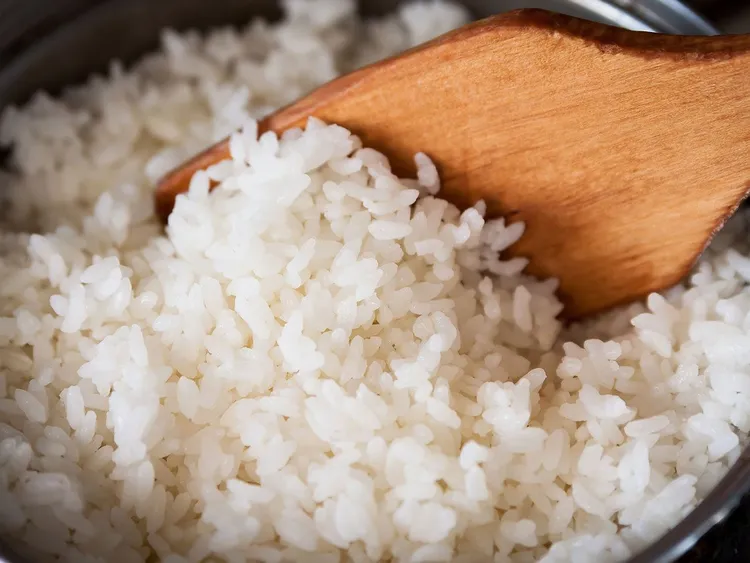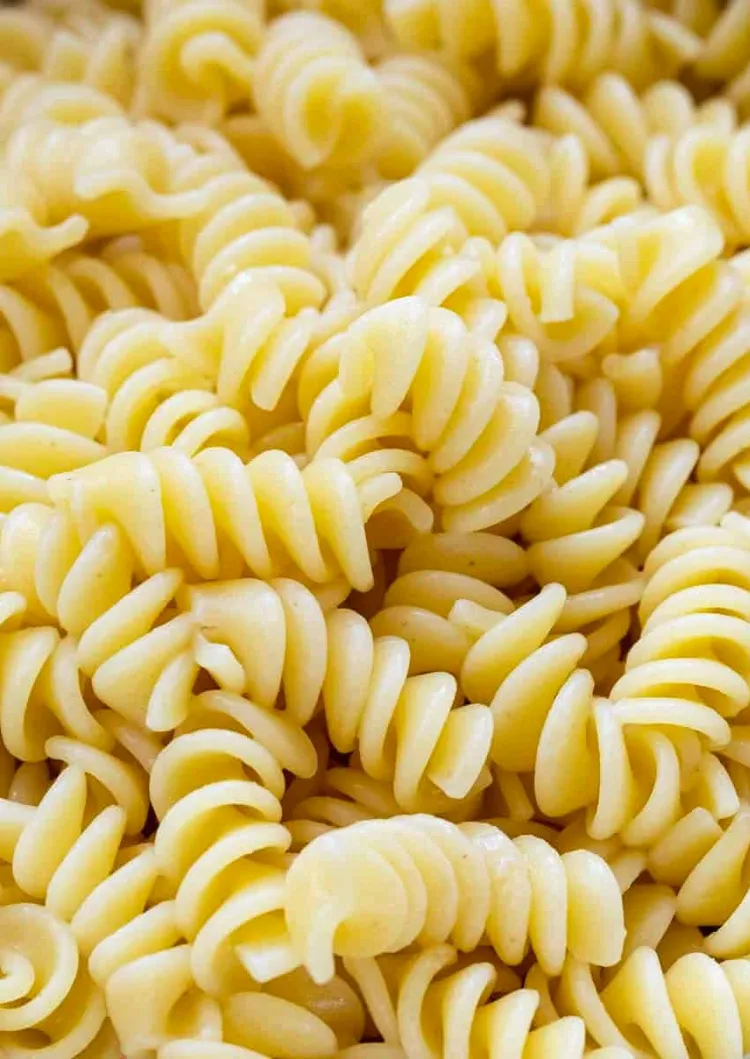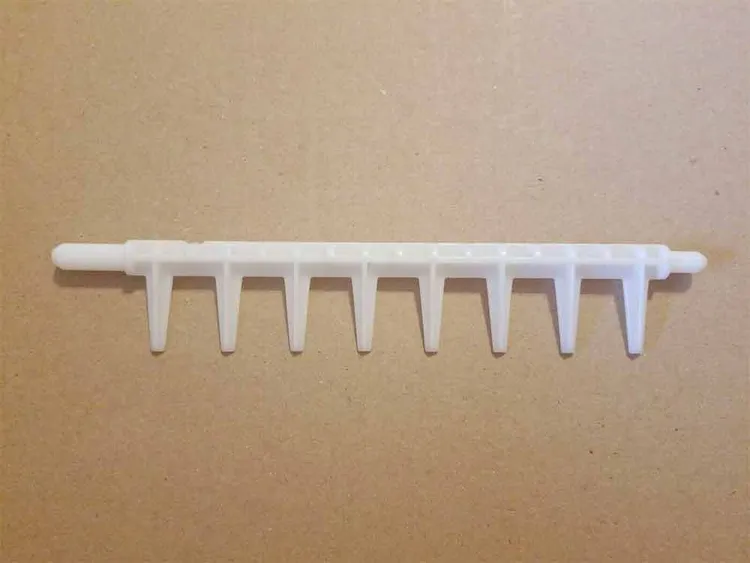Our recommendations are made independently through Research & Testing. We may receive commissions from purchases made via our links.
How to Dry Cilantro
Cilantro is an excellent herb when it’s fresh. Unfortunately, fresh cilantro leaves don’t last very long. Learn how to dry cilantro to extend its shelf life!
If you want to keep this tangy, citrusy herb around for more than a week, it’s crucial to know how to dry cilantro. Dried cilantro can last for up to a year before its taste and aroma begins to diminish. But even then, the dried herb will remain usable for up to 2 or 3 years.
So, here are our four favorite methods to make dry cilantro at home.
Can You Dry Cilantro?
Cilantro (or coriander) can definitely be dried, but it comes with many notable caveats.
Cilantro is among the group of herbs that doesn’t dry well. After being subjected to high heat, the essential oils responsible for its unique taste and aroma will boil off. This causes the cilantro to lose much of its value as a culinary herb.
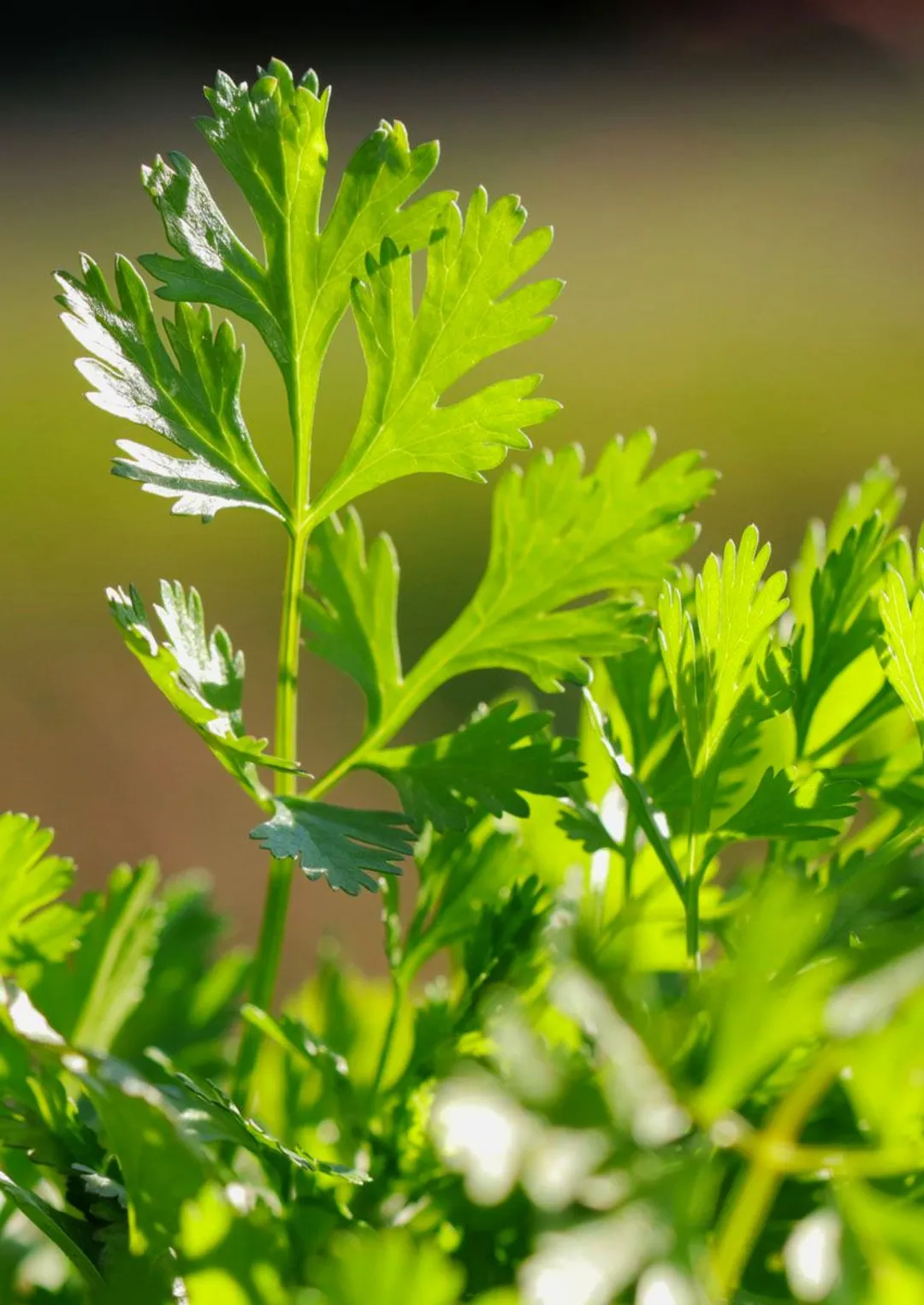
Although this news is probably disappointing to lovers of fresh cilantro, it could be good news for those who find cilantro less appealing.
Many people find the sharp taste and pungent aroma of fresh cilantro unpalatable. The milder profile of dried cilantro could potentially make it more approachable when added to dishes.
Another characteristic of cilantro worth knowing is that some people are allergic to it. In mild cases, symptoms include hives, coughing, swollen lips and tongue, stomach pain, nausea, and diarrhea.
However, some people can react more violently to their cilantro allergy and can suffer from anaphylaxis, which could be life threatening.
Don’t worry too much about this though. Cilantro allergies are extremely rare, but it’s good to be aware of them, just in case.
Is It Possible to Substitute Dried Cilantro for Fresh?
If a recipe calls for fresh cilantro and you only have the dried herb at hand, it is possible to substitute.
It is not a perfect substitution, however. Like we mentioned earlier, dried cilantro doesn’t have as strong a flavor as the fresh variety. So, if you plan on making cilantro-centric recipes like cilantro lime chicken or Zhoug sauce, it might not be sufficiently aromatic.
Dried cilantro will be best for dishes where cilantro aren’t the star of the show or simply to serve as garnish.
How Much Dried Cilantro Equals Fresh?
A good ratio between dried and fresh cilantro is 3:1. So, for every 4 tablespoons of fresh cilantro, you can substitute with 4 teaspoons of dried leaves.
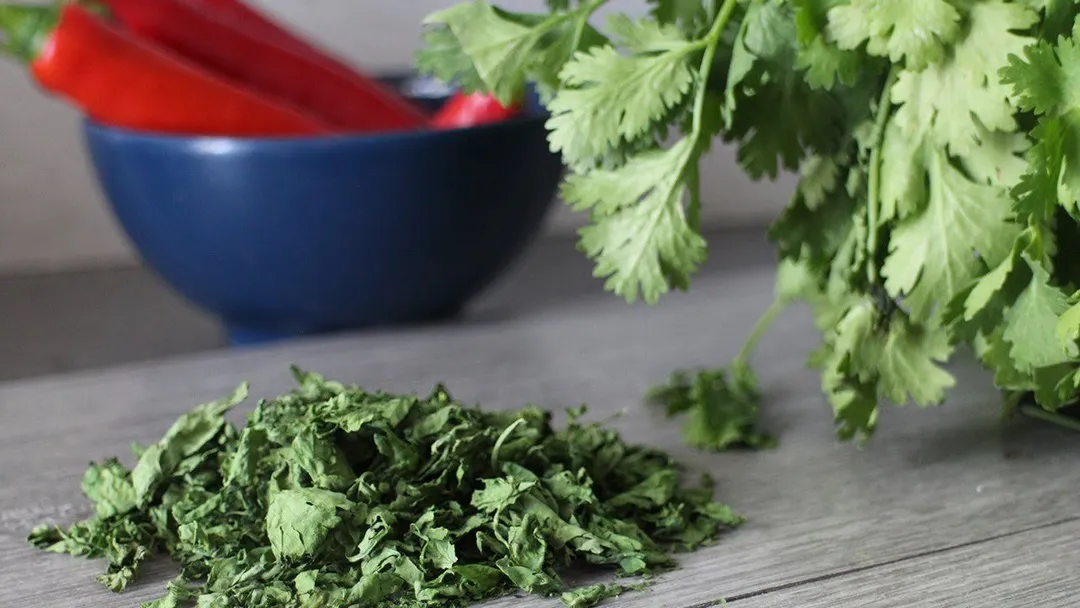
The Best Ways to Dry Cilantro
Four great ways to dry cilantro are: in the oven, microwaving, dehydrating, and air-drying. Each one has its own advantages and disadvantages.
The first method — oven drying — tends to be the most popular because of its accessibility. Most kitchens are equipped with an oven these days. The quality of oven-dried cilantro tends to be very good, too.
But one notable disadvantage of the oven is its tendency to overheat the cilantro. You will have to be extra careful lest you burn the leaves.
Microwaving is an acceptable alternative if you don’t have an oven. Drying cilantro in the microwave is very quick and will take only a couple of minutes.
However, its heat output is even higher than an oven. You will have to be very cautious of excessive drying if using this method. Additionally, the hotter the drying temperature is, the more of the herb’s precious essential oils will be lost. For this reason, microwave-dried herbs generally don’t taste or smell as good.
The third method is to use a special food dehydrator. It has a low heat output, so it can produce higher-quality dried cilantro than the other methods.
But there are two obstacles. First, not many people have a food dehydrator in their home. Second, the dehydrator can take a considerably longer time to fully dry out the herb. Drying time can be anywhere between 6 to 12 hours.
The fourth and last method is air drying. This is the oldest drying method and has been around for thousands of years. You simply hang up the herb to dry somewhere with plenty of airflow.
It doesn’t need any special equipment, but air drying is generally very complicated. It requires very specific temperature and humidity levels. Furthermore, you also need to be mindful of mold and rot.
How to Dry Cilantro: Detailed Instructions
1. In the Oven
Step 1: Prepare the Herb for Drying
Wash the cilantro under cool running water. Gently scrub the leaves with your finger to remove any lingering traces of dirt.
Thoroughly dry the plant with a towel. To make sure that all of the moisture is soaked up, blot the leaves using paper towels. The less moisture there is on the cilantro, the better it will dry.
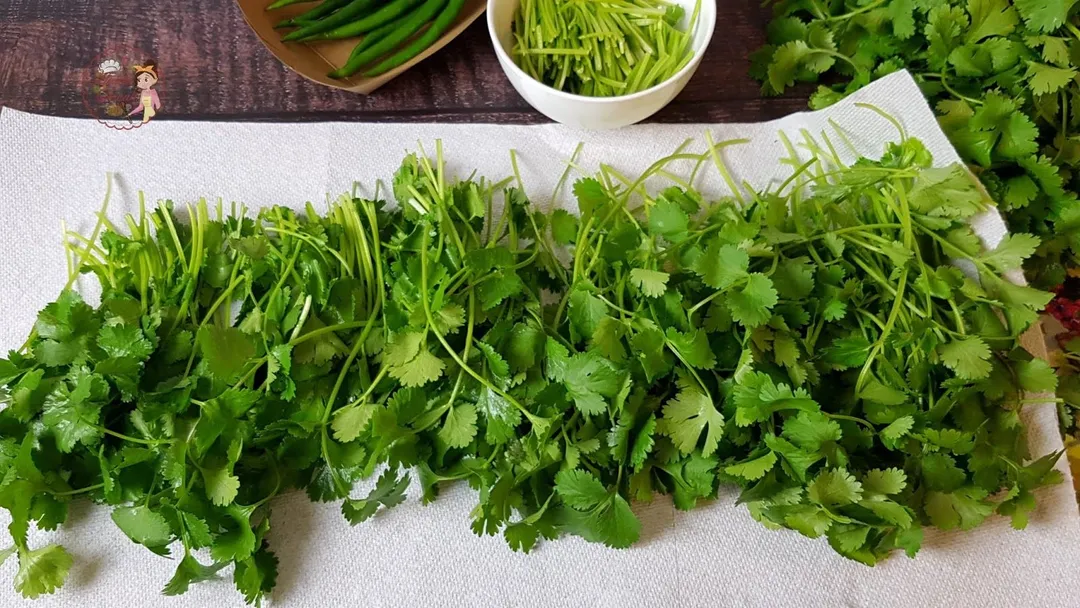
Once you’re certain that the cilantro is totally dried, begin to strip the leaves from the stems. Loose leaves will dry quicker. The stems don’t contain any flavor or aroma, either, so they’re not of much use to you anyway. Discard them.
Step 2: Preheat the Oven
The secret to drying any herb in the oven is to use the lowest temperature available on your oven. Depending on the model, this point will be between 170°F and 200°F.
Between 170°F and 180°F is best for drying. Nonetheless, it’s okay if your oven only goes down to 200°F. Just pay more attention to the leaves as they dry to prevent burning.
Preheat your oven to the desirable temperature.
Step 3: Prepare the Baking Tray
Take out a baking tray and treat the surface to prevent sticking. You can either spray it using baking spray or line it with parchment paper.
Step 4: Arrange the Cilantro Leaves on the Baking Tray
Spread the loose cilantro leaves on the baking tray in a single layer.
Do not stack them on top of one another too thickly or bunch them up. If you do, the leaves won’t dry well.
Step 5: Bake
Put the baking tray into the middle rack of the preheated oven. Bake for 30 minutes.
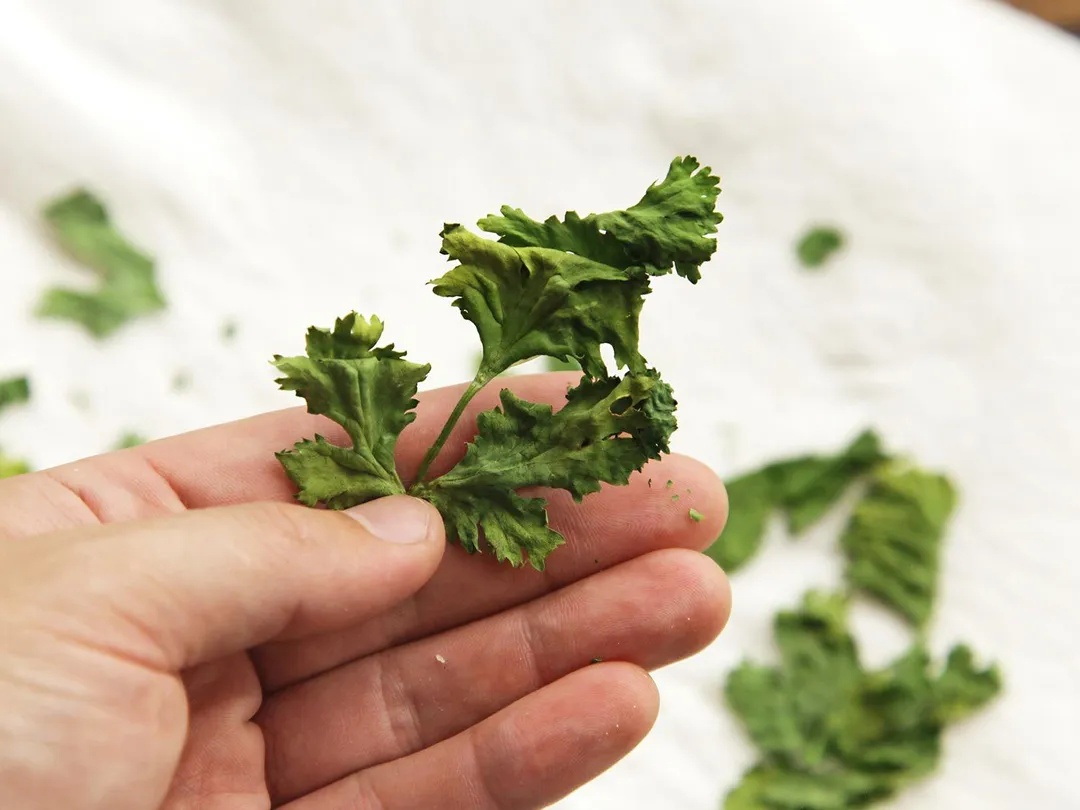
Step 6: Cool Down and Storage
Once the oven starts beeping, take the tray out. Give the dried-out cilantro at least 10 minutes to cool down.
Use a spoon to gently scrape the cilantro leaves from the tray’s surface. Gather them together into a pile at the center.
You can then place them in an airtight jar. Be sure to seal it tight before storing it in a pantry or spice drawer.
The oven is a very versatile dryer. You can dry a great many herbs, vegetables, and fruits with basically the same steps as above and with the same great results.
For example, here is our guide on how to dry basil in the oven.
As for vegetables, we have a guide for drying mushrooms in the oven. As with herbs, drying will greatly extend their shelf-life and potency.
Regarding fruits, it’s possible to make dried orange slices and sweetened dried cranberries in the oven too. Both can be served as a great party treat.
2. In the Microwave
Step 1: Prepare the Herb for Drying
Wash and dry the cilantro as we instructed earlier. Remove the leaves from the stems.
For this method, ensuring that the cilantro is completely dry before you place it in the microwave is very important. If there’s still moisture on the leaves, the cilantro will cook instead of dry.
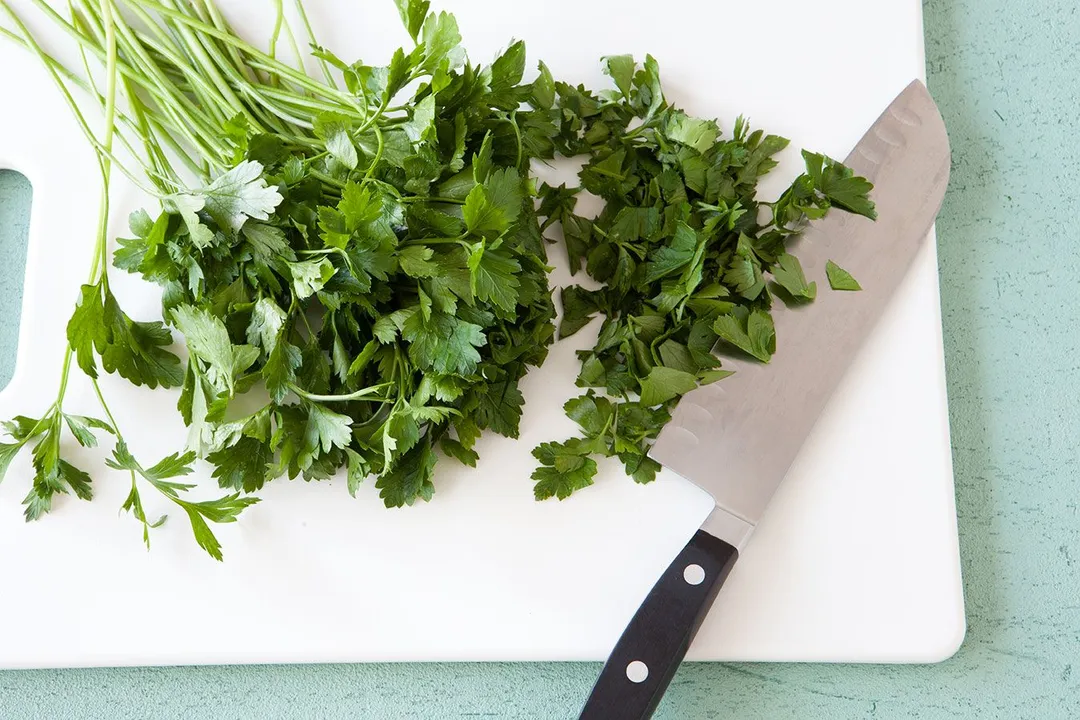
Step 2: Arrange the Cilantro on the Plate
Take out a microwave-safe plate and line the bottom with 2-3 paper towels.
Put the cilantro leaves onto the plate. Once again, arrange them carefully so that they aren’t layered or bunched up. If you have too much cilantro and they cannot fit on the plate, separate them into batches.
Cover up the cilantro with a second layer of paper towels.
Step 3: Microwave
Microwave on High power for 2 minutes.
Inspect the cilantro leaves afterward to see if they have totally dried. If they haven’t, heat in 30-second bursts until they do.
Step 4: Cool Down and Storage
Let the cilantro cool for a minute or two before you store it. Gather the leaves together, place in an airtight jar and store it away in a pantry or drawer.
While the microwave does have its shortcomings, it is still a great dehydrator as long as you’re careful.
If you’re interested, here is how you can dry oregano in the microwave at home. Even certain herbs that are relatively sensitive like rosemary can be dried using the microwave.
3. In the Food Dehydrator
Step 1: Prepare the Herb for Drying
Wash and dry the cilantro as we instructed earlier. You will also have to separate the leaves from the stems with this method.
Step 2: Arrange the Cilantro on the Dehydrator Trays
Spread the cilantro leaves in a single layer on the dehydrator trays. Like the other two methods, make sure that the leaves aren’t layered or bunched up before you move on to the next step.
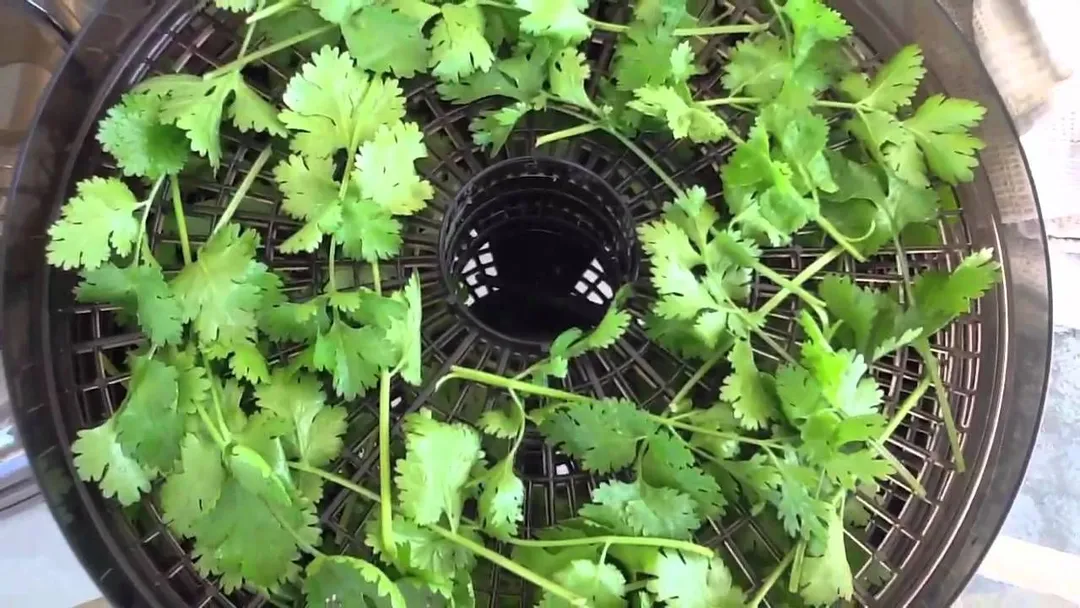
Step 3: Dehydrate
Set the dehydrator’s temperature to 110°F and the timer for 3 to 5 hours.
The time it will actually take to dry depends on a variety of factors, such as the ambient temperature and humidity in your kitchen.
Step 4: Storage
You don’t need to let it cool down as the drying temperature is so low. When the leaves become dried out and brittle, take them out of the dehydrator.
Pack away in an airtight glass jar and store in an appropriate spot.
The food dehydrator is the ultimate food dryer. Absolutely anything can be dried with it. As we mentioned earlier, since its working temperature is quite low, anything that’s dried with a dehydrator tends to have better quality.
As an example, here is our guide on how to dry dill in the dehydrator. Though it’s not as popular a herb as parsley, cilantro, or rosemary, it’s great for pickling and seafood recipes.
Or, you can also learn how to dry thyme, which is just as great a herb as cilantro.
4. How to Air Dry Cilantro
Step 1: Prepare the Herb for Drying
Preparing cilantro for air drying isn’t all that different than with the other methods. Wash it under cool running water and dry carefully.
However, you need to be very certain that the cilantro is fully dried before you continue. The more moisture that remains on the cilantro, the more likely it will turn moldy.
Unlike the other three methods, do not remove the leaves from the stems. You will need the stems intact for bundling.
Step 2: Bundle Up the Cilantro
Gather the cilantro into a bundle and tie the stem ends together with a cotton string. Make sure that the string is tight enough that it will hold the stems together even after they have shrunk from dehydration.
Step 3: Cover Up the Cilantro
Put the bouquet of cilantro into a paper bag with the stem ends sticking out.
Secure the bag to the bouquet by tying the opening of the bag to the stems with a second string. Once again, ensure that the knot you make will be tight enough to hold even when the bouquet shrinks.
The bag will protect the bouquet from dirt and insects during the time it takes to dry. It will also catch any leaf that might fall off.
Step 4: Hang the Bouquet
Find a place in your house that’s warm, dry, and away from direct sunlight. Preferably, it should also have plenty of airflow. The pantry or the doorway to a back garden are both good spots.
Hang the bouquet upside down using a string.
Step 5: Wait As It Dries
The cilantro will take up to a week to dry. During this time, don’t disturb it.
After 1 week has passed, take it down and uncover the bag to see if it has adequately dried out or not. If it hasn’t, hang it back up and wait for another week.
When the leaves become wilted and brittle, it is ready for storage.
Step 4: Storage
Take down the bouquet and place it on a countertop or a table. Cover your work surface with a clean towel or paper towels. Place the dried-out cilantro bouquet on top.
Separate the leaves from the stems. This should be quite easy now that the whole plant has dried out. A good trick is to pinch the stem end and run your fingers up and down the length of the stem. The leaves will quickly fall off.
Place the leaves in an airtight jar and store in a pantry or spice drawer.
People used air drying to dry their herbs and produce before the oven, microwave, or dehydrator were invented.
Today, air drying is still a tradition in many places. A good example is peppers. In many Central and South American countries, peppers are still air dried in bundles known as ristras.
We have a special guide dedicated to how to dry peppers here. And if you’re looking for a different herb to dry, here is how to dry mint.
Conclusion
Now that you have learned everything there is to know about how to dry cilantro, test it out in your kitchen! Dried cilantro will make an excellent addition to your spice drawer and a welcomed inclusion in future recipes.
Authors
Luna Regina is an accomplished writer and author who dedicates her career to empowering home cooks and making cooking effortless for everyone. She is the founder of HealthyKitchen101.com and HealthyRecipes101.com, where she works with her team to develop easy, nutritious recipes and help aspiring cooks choose the right kitchen appliances.

